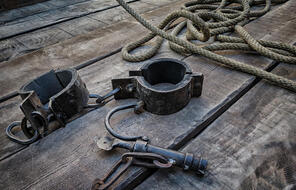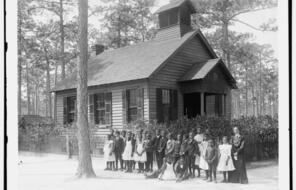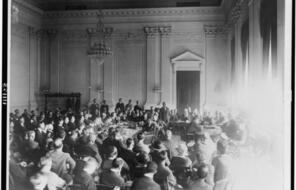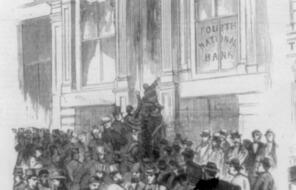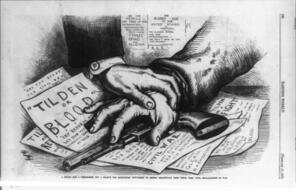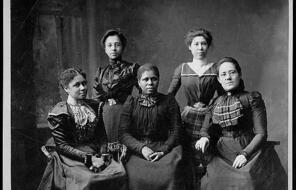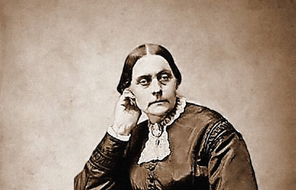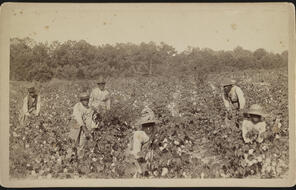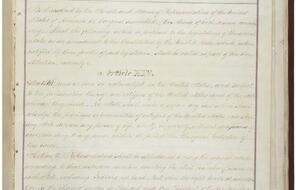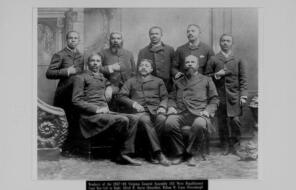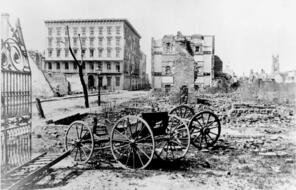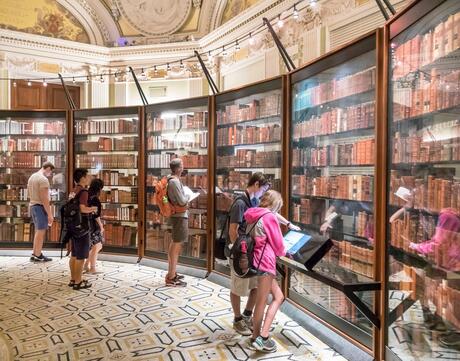
Supporting Question 4: Memory of the Founding
At a Glance
Language
English — USSubject
- History
- Social Studies
Grade
9–12Duration
Two 50-min class periods- Democracy & Civic Engagement
- Human & Civil Rights
- Racism
Overview
About this Activity
Students explore Supporting Question 4 through a series of activities that help them consider how the founding is remembered. First they explore popular representations of our nation’s origins. Then they consider how art can be a corrective to single stories about the founding by analyzing a painting by contemporary artist Titus Kaphur. They conclude with a Formative Assessment Task featuring the Stories thinking routine.
Procedure
Day 1
Day 2
Materials and Downloads
Quick Downloads
Download the Files
Download allGet Files Via Google
Supporting Question 4: Memory of the Founding
Supporting Question 3: Using Founding Ideals to Assert Rights
Summative Performance Task & Taking Informed Action
Unlimited Access to Learning. More Added Every Month.
Facing History & Ourselves is designed for educators who want to help students explore identity, think critically, grow emotionally, act ethically, and participate in civic life. It’s hard work, so we’ve developed some go-to professional learning opportunities to help you along the way.
Exploring ELA Text Selection with Julia Torres
On-Demand

Working for Justice, Equity and Civic Agency in Our Schools: A Conversation with Clint Smith
On-Demand

Centering Student Voices to Build Community and Agency
On-Demand


